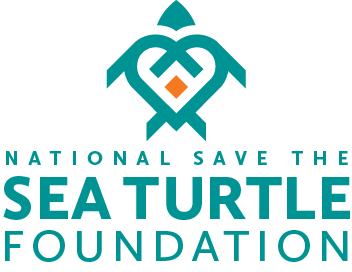Florida's Amazing Mantas!
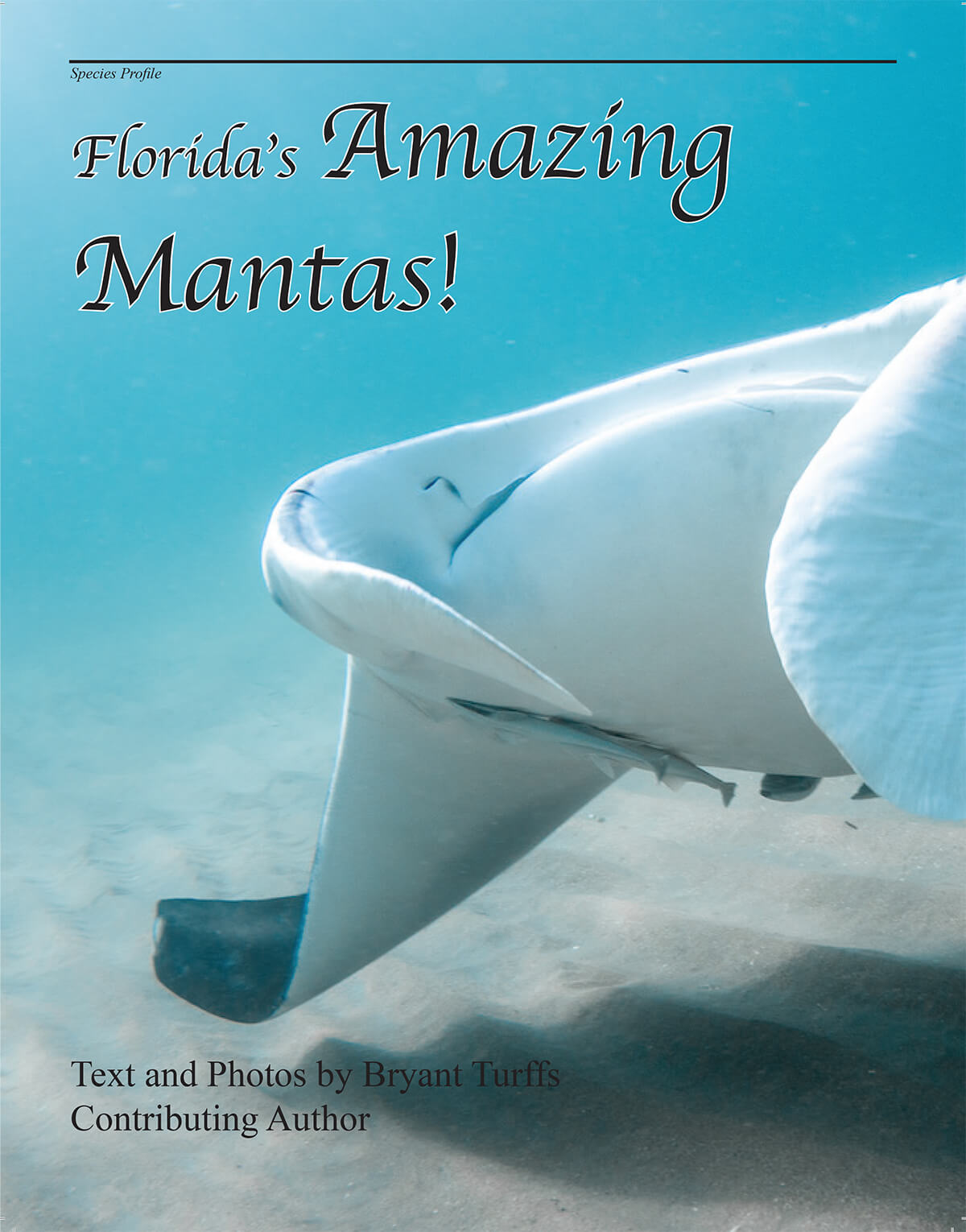
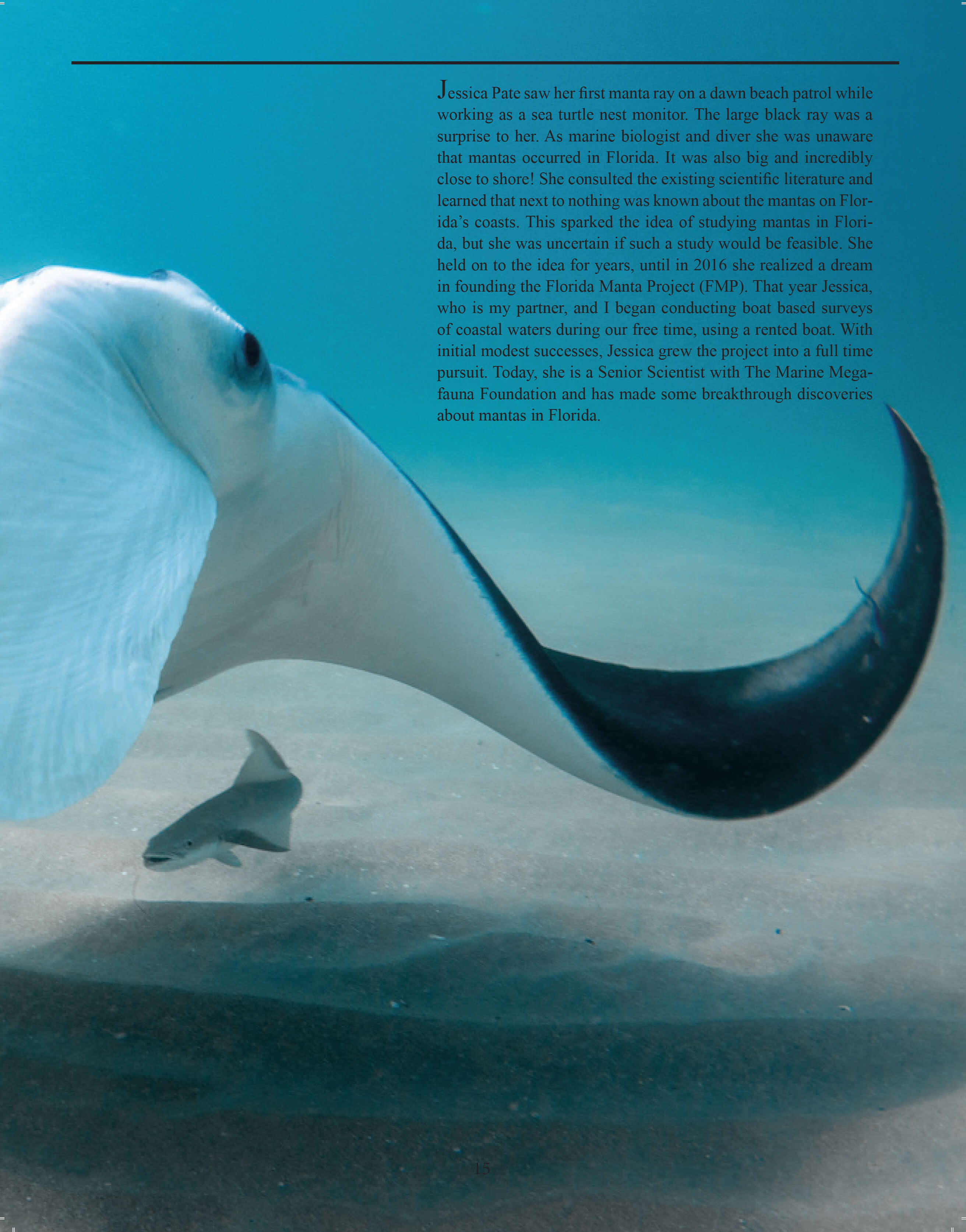
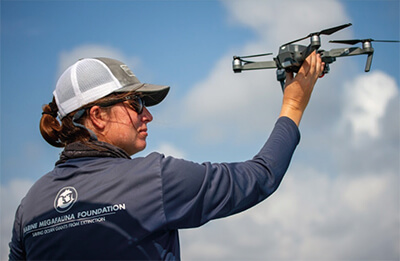
Jessica Pate saw her first manta ray on a dawn beach patrol while working as a sea turtle nest monitor. The large black ray was a surprise to her. As marine biologist and diver she was unaware that mantas occurred in Florida. It was also big and incredibly close to shore! She consulted the existing scientific literature and learned that next to nothing was known about the mantas on Florida’s coasts. This sparked the idea of studying mantas in Florida, but she was uncertain if such a study would be feasible. She held on to the idea for years, until in 2016 she realized a dream in founding the Florida Manta Project (FMP). That year Jessica, who is my partner, and I began conducting boat based surveys of coastal waters during our free time, using a rented boat. With initial modest successes, Jessica grew the project into a full time pursuit. Today, she is a Senior Scientist with The Marine Megafauna Foundation and has made some breakthrough discoveries about mantas in Florida. In studying South Florida’s mantas, Jessica’s team conducts regular boat surveys of coastal waters. Locating mantas is tricky as their large dark shapes can look deceptively like rocks, and vice versa. Large rays can also disappear surprisingly quick when conditions of visibly are anything less than perfect. To aid in finding mantas, Jessica has learned to fly a drone from her boat giving her a birds eye view of the ocean. Once a manta is located a snorkeler is dropped in the water with an underwater camera. The snorkeler collects data that includes information on size, sex, maturity status, anthropogenic impacts, behavior, habitat, and associated species. Individuals are identified by their unique ventral spot pattern, and data about recurring sightings is used to understand site fidelity, habitat preference, seasonality, migration, and wound healing. In addition to these boat surveys, Jessica has begun conducting aerial surveys to aid in understanding distribution and seasonality, and also collaborates with the NOAA National Marine Fisheries research on a satellite tagging project.
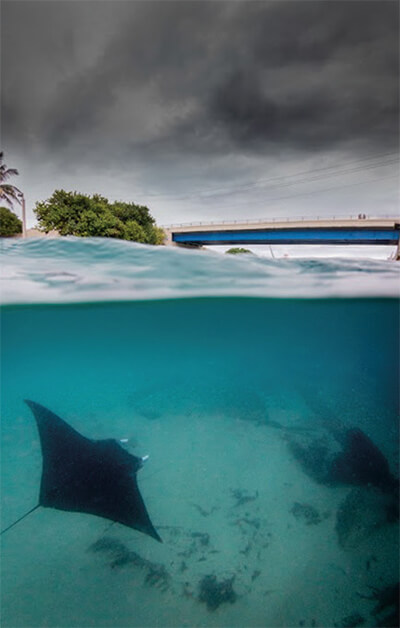
In 2020, Jessica released the first published long term study on Florida’s mantas, entitled “Urban manta rays: potential manta ray nursery habitat along a highly developed Florida coastline”. In the study, which was published in Endangered Species Research, she describes some of the most significant and exciting findings so far. In the teams’ first 5 years of work, nearly all of the individuals sighted proved to be juvenile. Maturity in male mantas is distinguishable by the size of the paired reproductive organs, known as claspers. Maturity in females is inferred by size, and the lack of visual evidence of mating or pregnancy. This lack of adults indicated that South Florida is a probable nursery habitat for manta rays. A nursery is habitat that is used preferentially by juveniles on a long term basis. These habitats are thought to provide young rays with advantages in finding foods or protection from predators. Globally, only two other manta ray nursery habitats are known to science. The fact that this nursery habitat occurs along South Florida’s developed coastline makes it unique among the few known nursery habitats, but also may make the population vulnerable to anthropogenic impacts.
Throughout the ongoing study, the FMP team has documented manta injuries due to human activities. Twenty seven percent of individuals were seen entangled by fishing line. A third of documented injuries were caused by boat propellors. This is perhaps not surprising given the size of the population that uses coastal waters for recreation and commercial purposes. Jessica has teamed up with Miami based education and research nonprofit, The Field School, to better understand how fishing line entanglement occurs and what can be done to prevent it. The results of this work were released in her second published study, Surveys of recreational anglers reveal knowledge gaps and positive attitudes towards manta ray conservation in Florida, in the journal Aquatic Conservation. The researchers found that the majority of manta ray line entanglement happens accidentally when mantas swim into lines set from shore. The results of these interactions are detrimental to both the manta, which may be impaired in feeding and swimming, and the angler, who usually loses tackle not rated for such a large species. Jessica is now conducting outreach campaigns aimed at encouraging fisherman to watch for mantas and to retrieve lines whenever they are sighted to reduce these instances of foul hooking. It is also critical that boaters in Florida’s waters keep a sharp lookout and operate at safe speeds to avoid hitting mantas and other sensitive marine life like manatees.
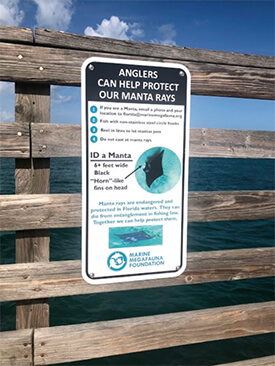
The welfare of this South Florida juvenile manta ray population is critical as manta ray populations are declining around the world. Mantas suffer many additional threats, and their conservative reproductive strategy (females have only one pup approximately every two years) means that populations can decline rapidly and take many years to recover. Mantas feed on plankton by filtering it from the water using specialized structures called gill rakers. Their diet may make them particularly susceptible to plastic pollution as micro-plastic pollutants are of a similar size to their preferred food. Mantas are also illegally targeted in some parts of the world for those same gill rakers, which are used as an ingredient in traditional eastern medicines. Further manta populations suffer habitat loss from coastal development and impacts from climate change.
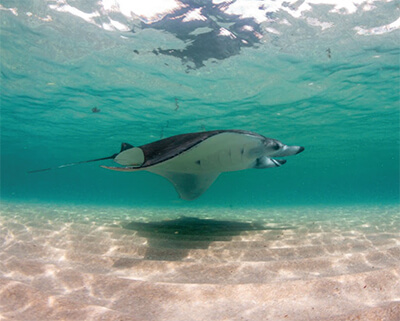
The Giant Manta Ray, M. birostris, was recently upgraded to endangered by the IUCN and has been listed on the United States Endangered Species Act since 2018. Despite these listings conservation efforts are challenging for myriad reasons. In Florida, existing scientific data is still insufficient to understand how best to protect mantas. Juvenile manta rays are known to return to certain nearshore locations, as demonstrated by repeat sightings, but preliminary satellite tag data shows that they can also travel from Miami to Daytona and far offshore in-between sightings. These far ranging travels make it necessary to prioritize critical habitats for protections. Ongoing work by Jessica and her collaborators will seek to define where and how to best protect mantas.
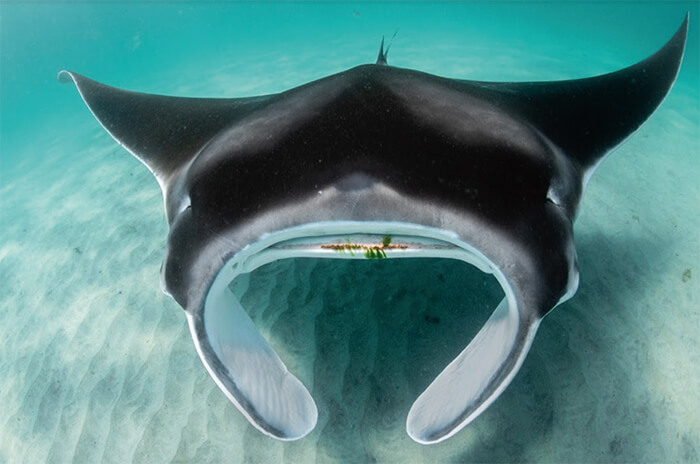
Another big surprise about manta ray habitat use in South Florida came from citizen scientist reports during the Covid-19 lockdowns of spring 2020. During this time, Jessica began receiving reports of manta rays feeding in murky inshore waterways, sometimes miles from ocean inlets. The FMP team had observed mantas swimming within ocean inlets prior to these reports, but the extent of their apparent inshore forays was a surprise. Imagine looking down from a Miami high-rise at a canal reinforced on both sides by cement sea walls and seeing a 10 foot manta ray feeding! Maybe you have? I personally suspect that this behavior is not new for these rays, but rather with so many people stuck at home bored during the lockdown more sightings were made.
In the future, Jessica and her FMP team will continue working to understand the many remaining mysteries of Florida’s manta rays. She also plans to expand this work northward along the coast of Florida where large aggregations of adult rays are known to occur seasonally and to investigate if this population is related to the nearby juvenile one. Education and conservation work are also priorities. Continued outreach efforts, and new ones relating to fishing pressures that the central Florida population faces, will seek to mitigate anthropogenic impacts on these sensitive rays. Jessica has also developed elementary school level lesson plans for use in classrooms, which meet Florida and national science standards, to instill a love of the oceans and a conservation ethic in the next generation.
If you are interested in following along with the Florida Manta Project’s research, reporting sightings, or accessing lesson plans, here is how you can connect. For general project information, visit:https://marinemegafauna.org/team/jessica-pate. To report sightings of manta rays in Florida, you can email :florida@marinemegafauna.org. If you are a parent or teacher, lesson plans can be accessed at:https://marinemegafauna.org/lesson-plans. You can also follow Jessica on instagram@floridamantagirl, and find photos of mantas along with other Florida wildlife on my instagram@elusive_endeavors.
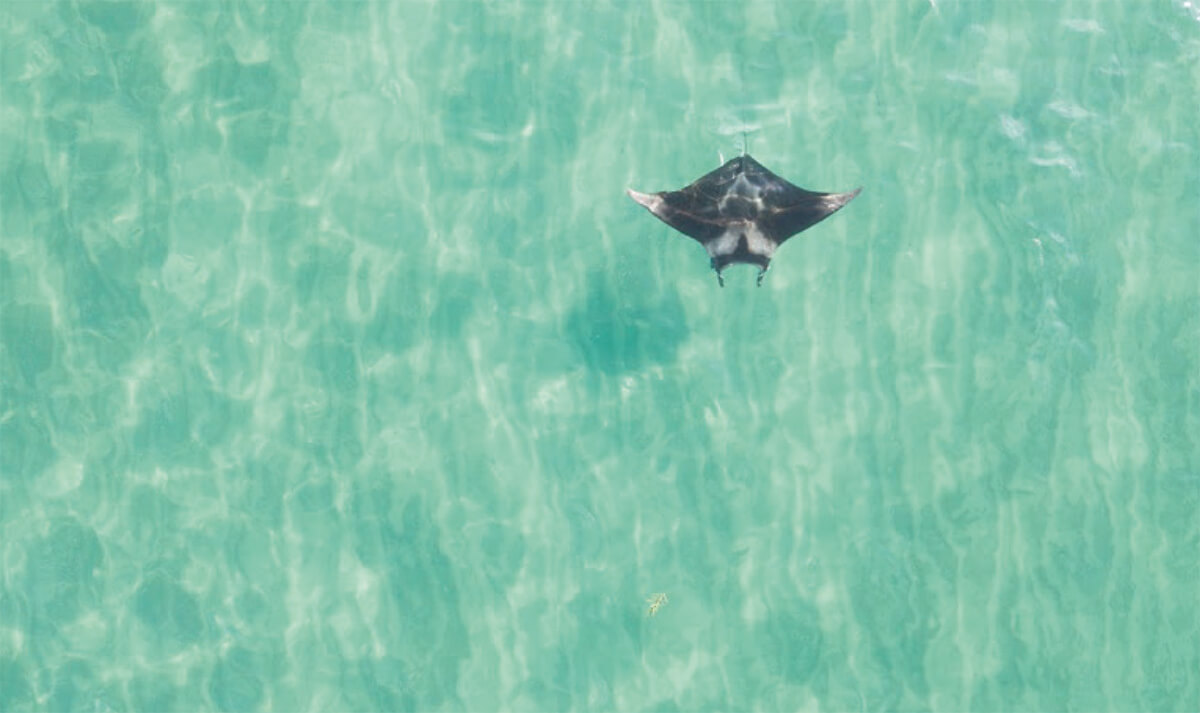
Helping Sea Turtles Survive for 38 Years
A NON-PROFIT ORGANIZATION
State of Florida Registration Number CH-2841 | Internal Revenue Code 501 (c) (3)
Web Design & Development by Web Expressions, LLC
